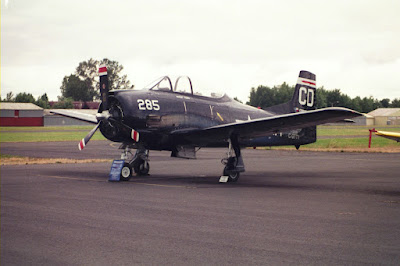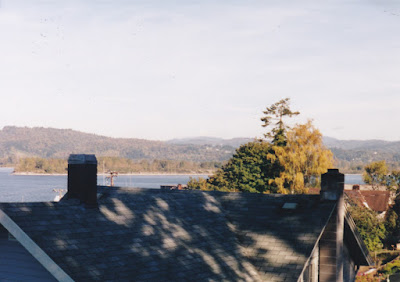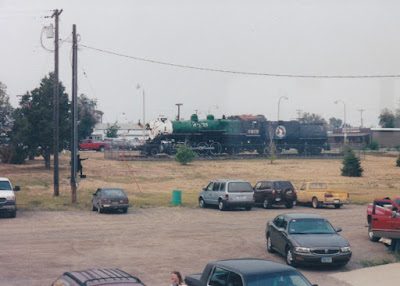The Astoria Riverfront Trolley operates on a 3-mile section of the former Spokane, Portland & Seattle Railway's Astoria Line that the city of Astoria purchased from Burlington Northern in 1996, before the remaining 92 miles of the line were sold to the Portland & Western Railroad in 1997.
Trolley #300 was the first of a group of 14 built for the San Antonio Traction Company in 1913 by the American Car Company of St. Louis, Missouri. This group of cars had composite bodies of wood and steel, while an additional 12 cars built in1914 has all steel bodies. In 1917 the San Antonio Traction Company became part of the San Antonio Public Service Company. San Antonio streetcar service officially ended on April 29, 1933, and that same day Trolley #300 was presented to the Witte Museum, a precursor of the San Antonio Museum Association, and was run onto the museum grounds under its own power and parked, where it would remain on outdoor static display until 1948, when it was housed in a structure and superficially restored. After the 1968 San Antonio World's Fair, a new transportation museum was developed at the downtown fairgrounds, and Trolley #300 was placed on outdoor display to rot until 1980. The car was restored in 1980 and 1981 using parts from the body of car #311, which had been used as a residence after its 1933 retirement until 1978. The car was converted to standard gauge using trucks from New Orleans, and the original 4-foot gauge trucks were saved for another San Antonio Trolley under restoration. In October 1982, the restored Trolley returned to operation, providing public rides on a short section of track behind the San Antonio Museum of Art until the operation was discontinued in late 1985 due to a lack of funding and the Trolley was again stored.
Gales Creek Enterprises leased the Trolley from the San Antonio Museum Association and brought it to Oregon in June 1990 for use on the Willamette Shore Trolley line between Portland and Lake Oswego. Willamette Shore Trolley service began July 6, 1990, operated by Paul Class and Gales Creek Enterprises through the end of 1994. Meanwhile, the San Antonio Museum Association was dissolved in 1994 and the San Antonio Museum of Art became the trolley’s new owner.
In 1995, the Oregon Electric Railway Historical Society took over the operation of the Willamette Shore Trolley. Trolley #300 left the Willamette Shore Trolley line and was stored outdoors at the Oregon Electric Railway Museum’s Trolley Park in Glenwood, Oregon, remaining there after the Trolley Park closed and the OERHS moved to Powerland Heritage Park in Brooks, Oregon in 1996. Trolley #300 was eventually leased by the Astoria Riverfront Trolley Association in November 1998, and it was moved to Astoria in December 1998 for restoration. Trolley #300 has operated in Astoria since June 8, 1999, and was purchased from the San Antonio Museum of Art by the Astoria Riverfront Trolley Association in August 2005.


%20in%20Dallas,%20Oregon%20on%20December%2011,%202005.jpg)
























